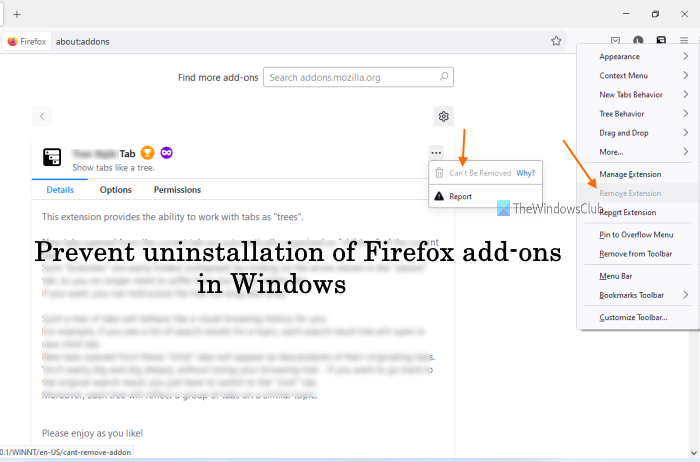
This file contains information about all the plugins, including their location. Open the file pluginreg.dat in a text editor. (Note: in older versions of Firefox this was called “Open Containing Folder”) In the top box (Application Basics) click on the “Show Folder” button. To locate the relevant files for each plugin do the following Delete C:\Windows\system32\npdeployJava1.dllĪn additional tip. Delete C:\Program Files (x86)\Common Files\Adobe\OOBE\PDApp\CCM\Utilities\npAdobeAAMDetect64.dll or C:\Program Files (x86)\Common Files\Adobe\OOBE\PDApp\CCM\Utilities\npAdobeAAMDetect.dll. Delete C:\Program Files (x86)\Adobe\Adobe Extension Manager CS6\Win64Plugin\npAdobeExManDetectX64.dll or C:\Program Files (x86)\Adobe\Adobe Extension Manager CS6\Win32Plugin\npAdobeExManDetectX86.dll. Delete the folders named from C:\Program Files\Mozilla Firefox\browser\extensions\. Locate the firefox installation folder (usually C:\Program Files\Mozilla Firefox\ or C:\Program Files (x86)\Mozilla Firefox\). 
To remove an extension from Firefox, simply click the Remove button. You should now see a list of your installed extensions on the right side together with buttons on the right side of each extension. Delete the key Sun’s Java Console which is frequently listed several times with various versions Once the Add-on Manager has opened in a new tab, click the Extensions button on the left side of the window.Instead of HKEY_LOCAL_MACHINE\SOFTWARE look in HKEY_LOCAL_MACHINE\SOFTWARE\Wow6432NodeĪlso, instead of Program Files\Mozilla Firefox look in Program Files (x86)\Mozilla Firefoxįinally, instead of C:\Windows\System32 look in C:\Windows\SysWOW64

Note for 64bit Windows (with 32bit Firefox)






 0 kommentar(er)
0 kommentar(er)
